Intelatus
Intelatus News
Maritime Batteries 101: What to Consider When 'Going Green'
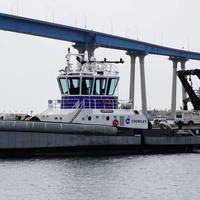
In the current pathway, global shipping greenhouse gas (GHG) emissions are forecast to rise in this decade and eventually return to 2010 levels by ~2050.The chart represents the three scenarios for shipping emissions developed by the International Energy Agency (the IEA) and adds in the IMO Strategy targets for emissions reduction. The IEA’s aspirational case (i.e. what governments and companies aspire…
Batteries Use in Vessels - Current Situation, Future Prospects
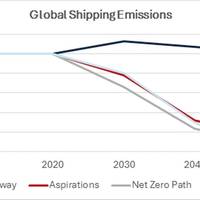
On the current pathway, global shipping greenhouse gas (GHG) emissions are forecast to rise in this decade and eventually return to 2010 levels by ~2050.The chart represents the three scenarios for shipping emissions developed by the International Energy Agency (IEA) and adds in the IMO Strategy targets for emissions reduction. The IEA’s aspirational case (i.e. what governments and companies aspire…
Is Nuclear Power Maritime’s Best Hope to hit ‘Net Zero’?

In the ever-evolving quest for cleaner, more efficient energy sources in maritime vessel operations, nuclear power has re-emerged as a topic of serious discussion, as shipowners eye the International Maritime Organization push to ‘net zero’ on or around 2050. Admittedly, there is no ‘silver bullet’ solution for the entirety of maritime premised on the wide variety of routes and ship types, but nuclear holds promise in several large-ship, oceangoing sectors.
"It's not the death of U.S. Offshore Wind" says Intelatus
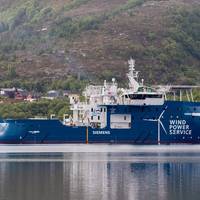
The offshore wind sector is bracing for transformative changes as it navigates shifting political landscapes and evolving market demands. To shed light on the current state of the industry, Maritime Reporter TV interviewed Phil Lewis, Director of Research at Intelatus, an international offshore energy markets expert, to discuss the trends shaping the Service Operation Vessel (SOV) and Construction Service Operation Vessel (CSOV) markets and the future of U.S.
Preparing for Floating Wind – Leveraging the Oil & Gas Supply Chain
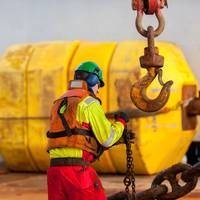
Examining similarities and differences between the deepwater oil & gas and the emerging floating wind segment.There has been much excitement around the potential for the offshore wind industry to access deeper water sites through the deployment of floating wind technology.Further, there has been much discussion around the development and deployment of disruptive technologies to leverage the opportunity of floating wind.
SOVs – Analyzing Current, Future Demand Drivers
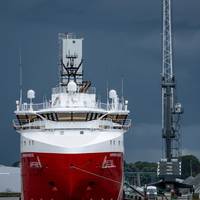
At a high-level, there are three solutions to transferring technicians from shore bases to offshore wind farms for construction and O&M activities: crew transfer vessel (CTV), helicopter, and SOVs/CSOVs.SOVs and CSOVs generally house 60-120 technicians offshore for a few weeks at a time, allowing them to transfer to structures on integrated heave compensated gangways, by daughter craft or on CTVs.
US Offshore Wind: Outlook Strong Despite Construction Productivity Issues
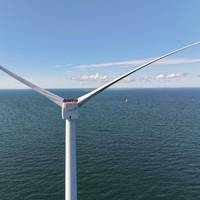
While construction productivity issues continue to present immediate challenges for the U.S. offshore wind industry, the long-term outlook remains strong for the nascent sector, according to a recent report from business intelligence and consulting firm Intelatus Global Partners. Intelatus' most recent monthly report on the U.S. offshore wind industry identifies a number of factors hindering offshore…
Floating Production – A Growing Segment in Transition
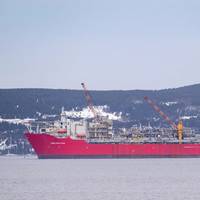
The specialized deepwater oil & gas and floating offshore wind segments will share many of the same stakeholders and supply chains, competing for increasingly scarce resources.To receive a full version of Inteletus analysis, click hereThe established floating production segment is forecast to experience continued growth through this decade, driving demand for, among other things, moorings, subsea systems…
Top 10 Things to Watch in Offshore Wind in '24

Despite short-term obstacles driven by high inflation and interest rates coupled with supply chain issues, we maintain that the foundations supporting long-term offshore wind activity remain solid. As we prepare for the new year, let us look at 10 factors that will shape the offshore wind sector in 2024.1. A Continuously Dynamic Energy TrilemmaThe dynamic relationship of the three key drivers of affordable energy…
Will Floating Offshore Wind Drive a Shipbuilding Boom?
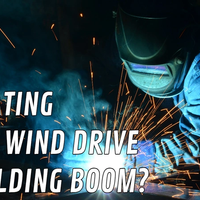
Will the emergence of a floating offshore wind industry drive demand for newbuilds? When would these new vessels be needed? And will there enough qualified mariners to crew them? Philip Lewis, director of research at Intelatus Global Partners, weighs in.See the full video interview here.
Offshore Wind Vessels: Fixed vs Floating

How will vessel requirements in the emerging floating offshore wind industry differ from those in the existing fixed-bottom segment? Philip Lewis, director of research at Intelatus Global Partners, weighs in.See the full interview here.
How Serious a Problem is the Cost Issue in U.S. Offshore Wind?
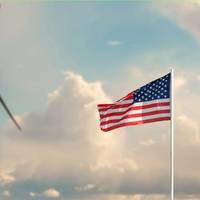
Much has been written recently about the challenges facing U.S. offshore wind projects, resulting in requests to terminate or renegotiate contracts to sell power to states. Examples of these challenges can be found from Massachusetts to Virginia. Coming on top of last week’s somewhat disappointing events of the Gulf of Mexico lease auction, speculation has mounted around the longer-term prospects for U.S. wind.
Shipyard Capacity: A Brake on Decarbonization?
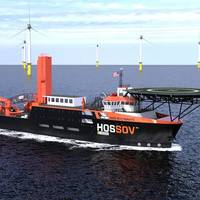
The IMO’s latest crunch meeting in early July may not have aligned global shipping with mid-century targets established in the 2015 Paris Agreement. However, its 2023 Strategy indicates a clear direction of travel. Energy supplies by sea are essential for many countries and therefore ships have a key role in supporting the world’s energy transition – not only on their own account, but at a global level.As world shipping accounts for about 3% of greenhouse gas emissions…
US Offshore Wind: Long-term Outlook Bright Despite Short-term Concerns
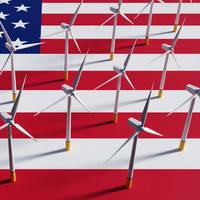
While trouble areas continue to emerge in the young U.S. offshore wind industry, analysts at Intelatus Global Partners maintain an optimistic outlook for the industry in the long term.The business intelligence and consulting firm said in its latest U.S. Offshore Wind Report that it sees long-term foundations for the U.S. offshore wind sector solidifying, referencing several positive advancements such…
Anchor Handler Construction: What to Expect as Floating Wind Picks Up
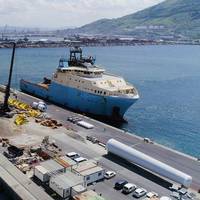
A fleet of newbuild specialized anchor handlers will be required to help build up the emerging floating offshore wind industry. But since the industry is still in its early days, many unknowns have made it difficult for shipyards and their partners to gear up to build this fleet. This article explores complex market demand and technical drivers that help give a better understanding of anchor handler…
Energy Transition: What is an Offshore Vessel Operator to Do?
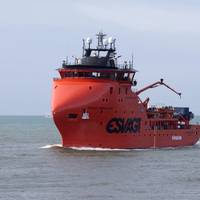
The energy transition is moving ahead amid recovery in offshore oil & gas and growth in offshore wind, leaving vessel owners that serve these markets with big questions about energy carrier and energy converter selection for their newbuilds.What is driving the change?The foundations of energy transition in the offshore and marine segment can be found at global, regional, national and local levels:At a global level…
Recent News a ‘Mixed Bag’ for US Offshore Wind
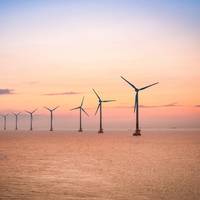
The month of May brings a mixed bag of news for offshore wind in the United States, as outlined in the latest U.S. Offshore Wind Report from business intelligence firm Intelatus Global Partners.In the "positive" category, Intelatus said federal permitting of projects continues on schedule, and states continue to plan to procure and accommodate ever larger amounts of wind produced offshore into their onshore grids.
Shipbuilding Contributes to Higher Costs in US Offshore Wind
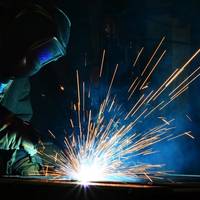
Higher shipbuilding costs are contributing to greater overall project costs in the U.S. offshore wind industry, according to maritime and offshore consultancy Intelatus Global Partners.The United States will rely on a large fleet of foreign and domestic vessels as it builds up toward the Biden Administration's target of 30 gigawatts (GW) of offshore wind capacity by 2030 and 110 GW by 2050. This fleet will consist of both existing and newbuild tonnage…
Markets: The Challenges of Developing Floating Wind at Scale

Tens of gigawatts of floating wind projects are slated for development in this and the next decade, but many obstacles remain.There has been much focus on the emerging floating wind market of late.The U.K. is forging ahead with commercial scale floating wind developments through the Scotwind and INTOG awards of at least 24 gigawatts (GW) of floating wind capacity representing close to 1,500 floating turbines that will come on stream through 2030.
Offshore Wind: Floating Wind is the Future
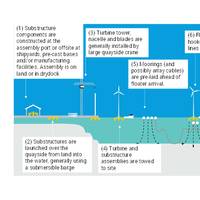
$3 billion forecast to be invested in new anchor handlers to meet floating wind demand.Floating wind is an emerging technology. Currently being tested in small scale demonstration and pilot projects, global floating wind commissioned capacity at the end of 2022 was less than 200 MW. By 2030, close to 11 GW of commercial scale wind farms are planned to be commissioned in Europe and the Asia Pacific Region.
- 1
- 2






